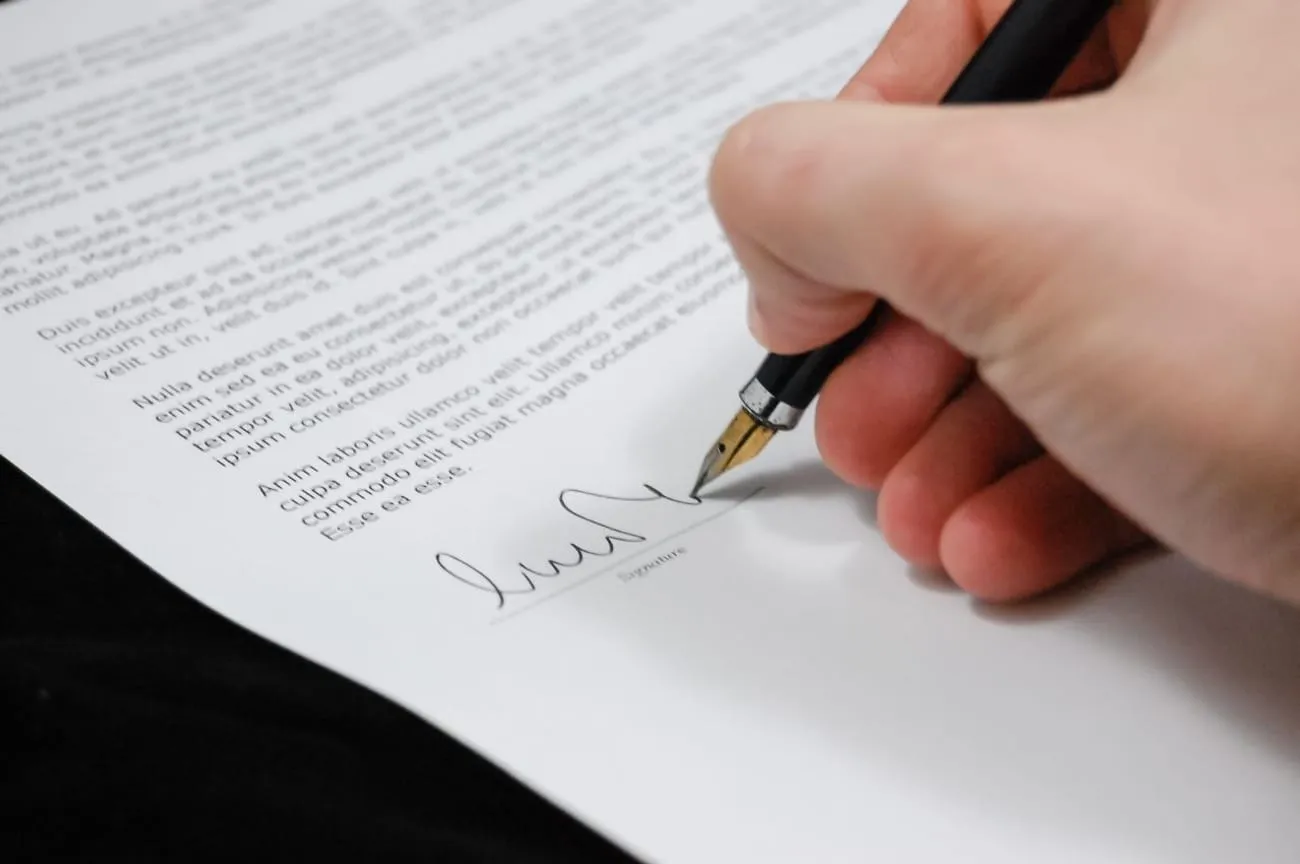Should I Register for GST as a Sole Trader?

Operating as a sole trader is the most basic and cost effective business structure you can establish. You own and manage the company, and even though you 'trade' on your own, you can still hire people to work for you.
However, if the concept of the Australian Goods and Services Tax (GST) perplexes you, you are not alone. Many Australian freelancers and sole traders are unsure whether they are required to register for GST, or how to calculate it and properly charge clients.
There's a lot to say about small businesses and sole proprietorships that handle everything from marketing to accounting. With so many moving parts, it's no surprise that many operators in this space are frequently misinformed and under-resourced. So, before another year passes, let's go over the GST procedures and frequently asked questions.
It's crucial to understand when you need to register for GST as a sole trader to avoid falling behind on your reporting obligations. In this article, we'll cover when you are required to register for GST.
What is GST?
The goods and services tax, or GST, is a 10% value added to a purchase. When the time comes to calculate GST, small businesses and sole traders who have registered for GST charge and pay for it sequentially.
If you are registered for GST and charge it, this rolling figure must be documented and reported. This happens throughout the year, with GST totals reported to the ATO via BAS (business activity statement).
The frequency with which you submit this BAS is determined by the size and nature of your company. The level of detail required varies as well, with businesses with less than $10 million in annual revenue exempt from completing worksheets and detailed supporting documentation.
When Does a Sole Trader Need to Register for GST?
When you register for GST, you must report your business income and expenses in a Business Activity Statement (BAS) for a specific period. You may be required to pay the ATO GST (if your income exceeds your expenses) or the ATO may owe you a refund based on the results of your BAS (if business expenses exceed income).
If you are a sole trader and one or more of the following apply to you, you must register for GST.
- Your annual revenue from business activities exceeds $75,000 per year (this does not include salary or any other income earned outside of your ABN).
- You charge a fee for taxi or rideshare services (e.g., Ola, Uber, Didi) as part of your business.
Many of our customers have expressed interest in UberEATS and Deliveroo. Because these are not considered rideshare, you only need to register for GST if your annual income exceeds $75,000.
How to Register
If you believe you should register for GST, here is a step-by-step guide to getting you started. Before you begin this process, you should consult with an accountant about your specific situation.
Once you've made the decision that sole trader is the right choice for you, you can take the following steps to register:
- Decide whether you want to use a name other than your own.
- Check to see if any existing trademarks infringe on your proposed business name.
- Register your business name.
- Obtain the necessary business licenses and registrations, such as a TFN and ABN.
- Find the most suitable insurance for your business.
What Happens if You Don’t Register?
If you fail to register for GST after meeting the criteria, you may be required to pay GST on sales made since the date you were required to register. This could happen even if you didn't include GST in the sales price. You may also be subject to penalties and interest.
How Often Does a Sole Trader Need to Report and Pay GST
All sole traders pay tax as part of their annual personal tax return. In Australia, the deadline for filing is as follows:
- If you do your taxes, the deadline is 31 October each year.
- If you use a registered tax agent, the deadline is 1 July each year until 15 May.
You must submit Business Activity Statements (BAS) to the ATO every three months if you are a sole trader and registered for GST. Your annual tax return is then amended to include the GST component of your income and expenses.
Keeping track of your business activity and separating the GST portion is something that many sole proprietors overlook, which can result in a lot of unnecessary admins come tax season.
Registry Australia is a business services hub that offers a wide range of products and services to help businesses manage their digital assets. If you want to save time and money on your business registration requirements, contact us today.
How Do I Pay My GST Bill?
If you are required to pay GST, you must complete and submit a BAS to the ATO every quarter. A BAS is a single form that shows:
- Your earnings for the quarter.
- What GST you owe (or, if you paid out more GST than you earned from clients, how much of a refund you are due)?
- Your PAYG contributions.
- Any fringe benefits taxes.
In July 2017, the ATO introduced the simpler BAS format, which requires less information and takes less time to complete. Rounded will automatically generate a BAS report for you, gathering all of the numbers needed to complete the form.
Leave out GST from your taxable income when calculating your annual income tax. When you file your BAS, you must include GST as a separate component.
Conclusion
If your business is growing, you'll need to register when your annual GST registration threshold of $75,000 is reached. If you are below the threshold, you should weigh the benefits and drawbacks and seek tax advice.
Registry Australia is constantly adding new functionality to help simplify the management of business registrations and related services by utilizing cutting-edge technology. For more information on how Sole Traders can register for GST, get in touch with us today.


